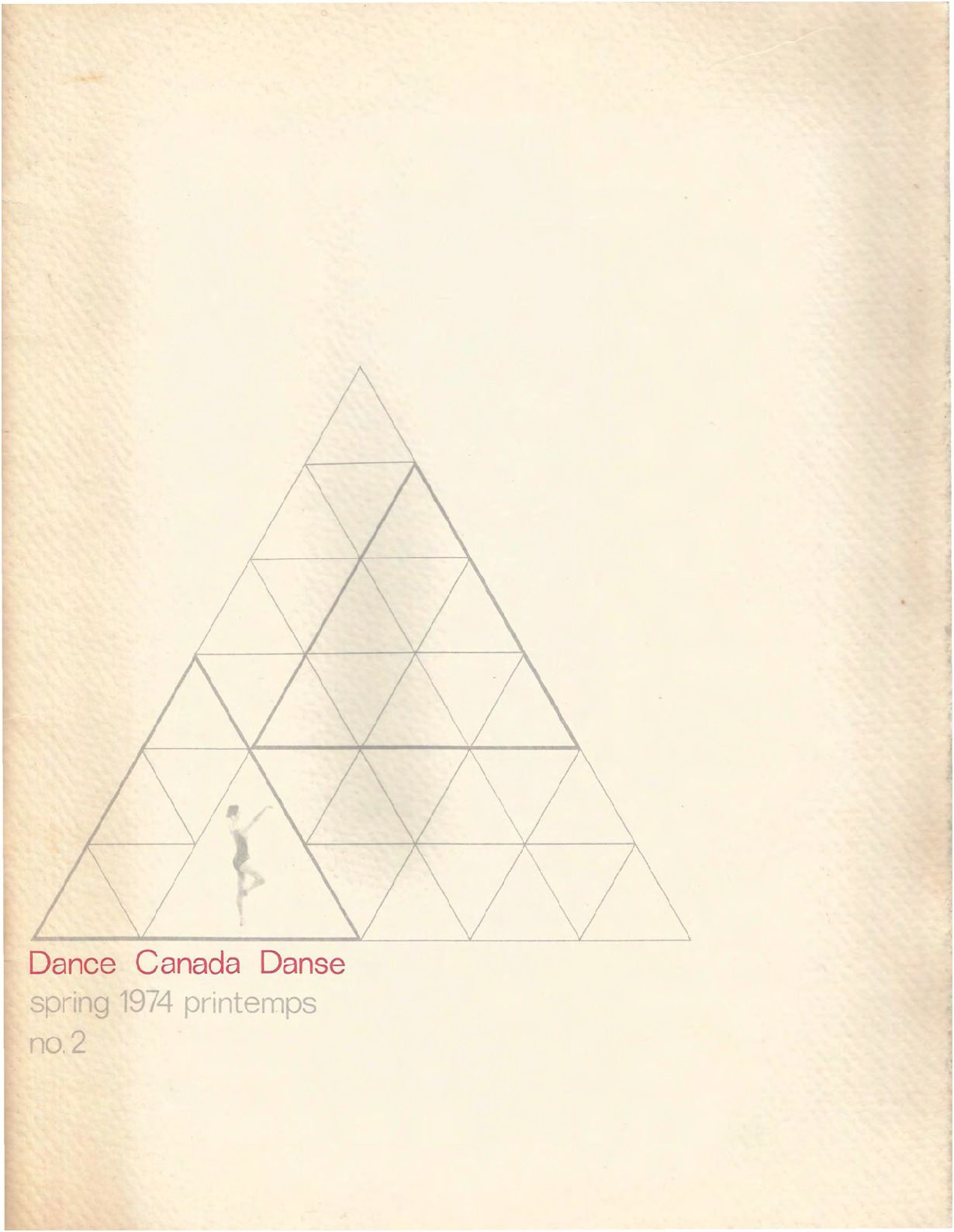Dance in Canada Magazine Number 2, Spring 1974
Added 29th Apr 2021 by Beth Kelly (Collections Manager and Archivist, DCD) / Last update 18th Feb 2022
The description of this Item
Contains the following articles:
- Editorial by Susan Cohen
- Funding Dance in Quebec: A Personal View by René Picard
- After the Footlights: The Retiring Dancer in Canada by John Chapman
- Resettlement in England by Susan Cohen
- A Proposal for Ontario High Schools by Marjorie Sorrell
- Zelda Heller Talks to Dance Canada Magazine by Susan Cohen
- Noticeboard
- Letters from the Field
The collections that this item appears in.
Tag descriptions added by humans
Ontario
Ballet
Boris Volkoff
Touring
Dance in Canada Association
Adrian Pecknold
Andre Fortier
David Earle
Jock Abra
John Chapman
Margaret Wilson
Marjorie Sorrell
Mary-Elizabeth Manley
Peter Randazzo
René Picard
Susan Cohen
Anna Wyman Dance Theatre
Calgary Dance Theatre
Canadian Mime School
Canadian Mime Theatre
Dancemakers
Fifteen
Le Groupe de la Place Royale
Toronto Dance Theatre
Winnipeg Contemporary Dancers
Modern Dance
Bugs
Mala
Men-Ka-Ta
Mythic Journey
The Red Ear of Corn
Calgary
Quebec
Canadian Themes
Career Transition
Criticism
Education
Funding
Insurance
Pensions
Regionalism
Research
Retirement
Schools
Training
Unions
Canadian Centre for Films on Art
Canadian Dance Teachers Association
Dance in Canada Conference
Description of the objects in this Item
01/04/1974
Magazine
Dance in Canada Magazine Number 2, Spring 1974
Dance Collection Danse
DCD's accession number for this Item. It is the unique identifier.
Auto-generated content
Tag descriptions added automatically
Auto-generated identification of objects in this Item
An autogenerated description of this Item
Auto-generated number of faces in the Item

